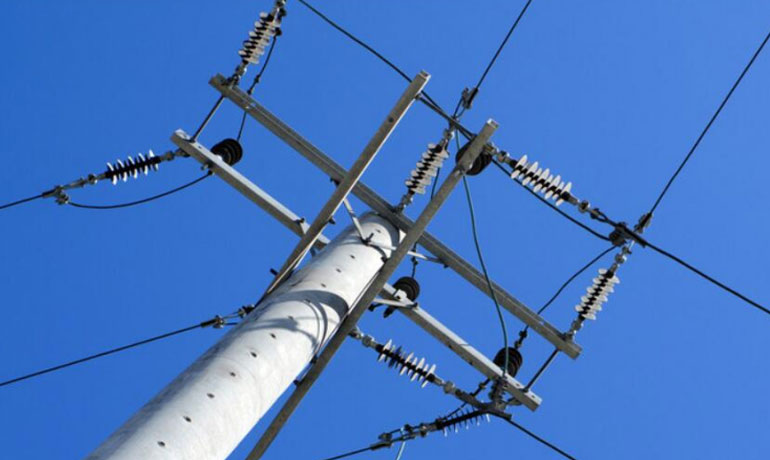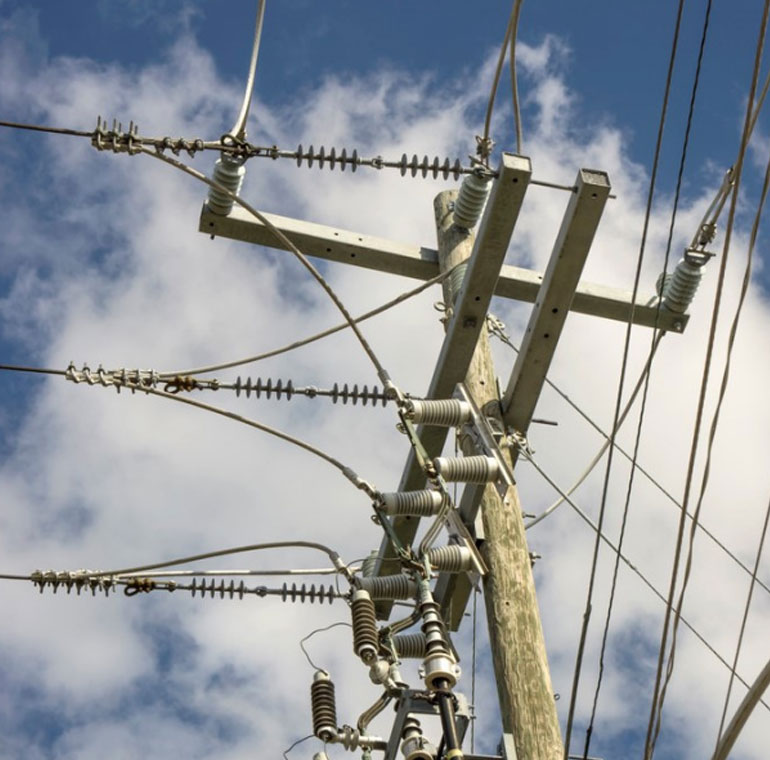The advantages and disadvantages of composite insulators
2022-09-05
2022-09-05
The shape and structure of the composite insulator is similar to that of a suspension insulator, which is composed of end fittings, a silicone rubber shed, a sheath and an insulating mandrel.

It has the following advantages:
(2) The composite insulator string has good anti-pollution flashover performance: the composite insulator is hydrophobic. When it rains, the umbrella-shaped corrugated surface of the composite insulator will not get wet to form a water film, but drop in the form of water beads, which is not easy to form a conductive channel. , its pollution flashover voltage is higher, which is 3 times that of the same voltage level porcelain insulator.
(3) Excellent galvanic corrosion resistance: the surface of the insulator is leaked and flashover causes irreversible deterioration and traces. The general standard is not lower than 4.5 (ie 4.5kV), while the composite insulator is 6 to 7.
(4) Good anti-aging performance: After ten years of practical testing, the composite insulator has no effect on surface non-wetting and electrical corrosion tracking resistance, except that the color is slightly darker and the dielectric constant and dielectric loss angle are slightly increased. change, indicating that the anti-aging performance is good.
(5) Good structural stability: Generally, porcelain suspension insulators are assembled with inner glue. Due to galvanic corrosion, low zero-value insulation resistance will be generated during operation, while composite insulators are assembled with outer glue, and their inner core is a solid rod insulation material. There is no deterioration and breakdown, and no zero-value insulators will appear.
(6) High line operation efficiency: Due to the good wind and rain self-cleaning properties of composite insulators and no zero-value insulators, the cleaning and inspection work can be changed to once every 4 to 5 years, thereby shortening the maintenance and power outage time.
(7) Light weight: The insulator itself is light in weight, which can greatly reduce the labor intensity of the staff during transportation and construction operations.

Composite insulators also have some disadvantages:
(2) The radial stress (perpendicular to the center line) of the composite insulator is very small. Therefore, it is strictly forbidden to step on the high-voltage insulator used for the tensile rod, or any form of radial load, otherwise it will lead to breakage.
(3) It is strictly forbidden for the composite insulator to fall or rub against hard objects during construction or normal operation. Because the umbrella part is made of silicone rubber, the texture is relatively soft, and it is very easy to damage and damage the sealing performance, resulting in a decrease in insulation performance.




